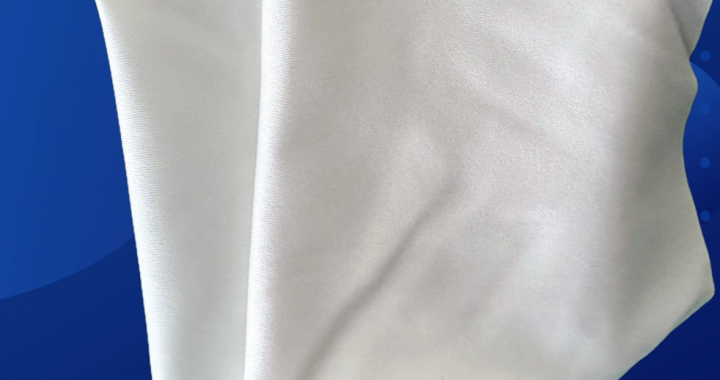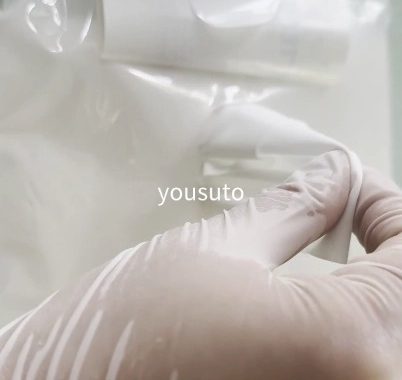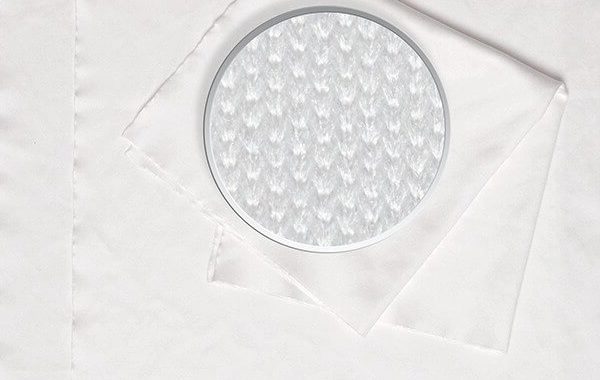High-density cleanroom wipes improve cleaning efficiency by optimizing fiber structure and absorbency. Their design ensures superior particle capture, liquid retention, and safe cleaning of sensitive surfaces.
Key Features:
-
Tightly Woven Fibers: Increase surface contact and particle-trapping capability.
-
High Absorbency: Retains more liquid, reducing the number of wipes required per cleaning task.
-
Lint-Free and Non-Abrasive: Protects delicate equipment, optics, and instruments from scratches or fiber contamination.
-
Durable Construction: Withstands multiple wipes on tough or sticky residues without tearing.
Applications:
-
Electronics Manufacturing: Cleans PCBs, semiconductors, and delicate microelectronics.
-
Laboratory Surfaces: Wipes benches, glassware, and instruments efficiently.
-
Optical Equipment: Maintains clarity and performance of lenses, sensors, and microscopes.
-
Pharmaceutical Cleanrooms: Ensures sterile, residue-free surfaces in controlled environments.
Benefits:
-
Enhanced Cleaning Efficiency: High-density fibers capture more particles per wipe.
-
Protects Sensitive Surfaces: Non-abrasive and lint-free construction prevents contamination and damage.
-
Reduces Waste: High absorbency decreases the number of wipes needed per task.








